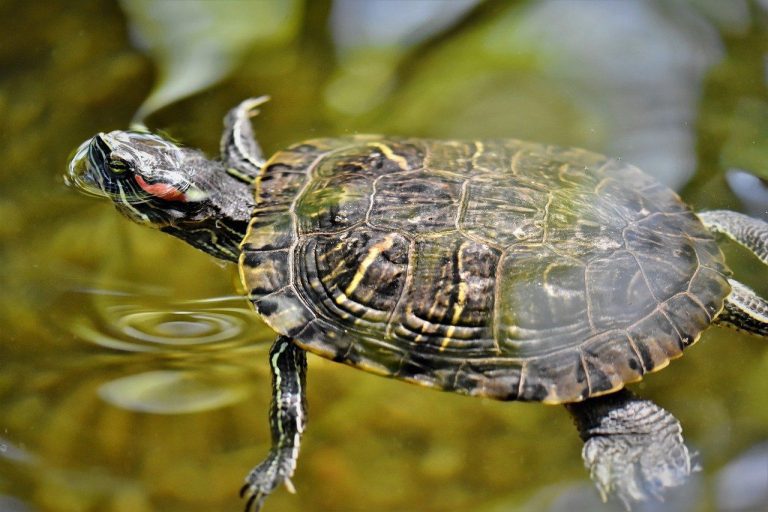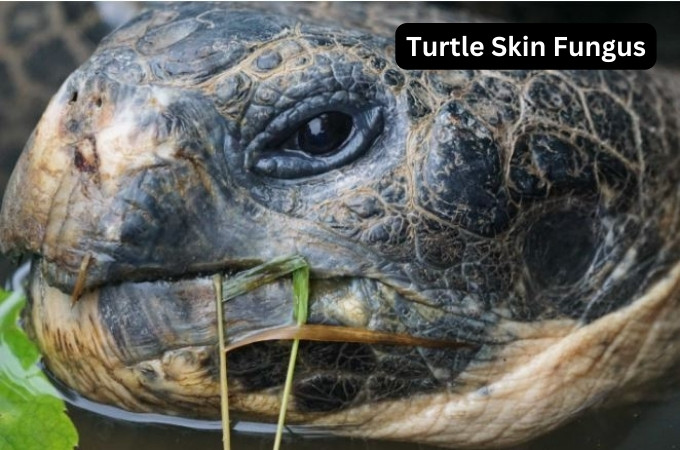Can Turtles Eat Lettuce? [Precautions For Owners]
Today we discuss Can Turtles Eat Lettuce. Turtles are fascinating creatures that make wonderful pets for many people. One common question that turtle owners often have is whether or not turtles can eat lettuce.
In this blog post, we will explore the topic of feeding lettuce to turtles and discuss important precautions that owners should take to ensure the health and well-being of their shelled companions.
Understanding a Turtle’s Diet:
Before delving into whether or not turtles can eat lettuce, it’s essential to understand the dietary needs of these reptiles. Turtles are omnivores, meaning they consume both plant and animal matter. Their diet in the wild typically consists of a variety of vegetation, insects, and small aquatic animals.
Types of Lettuce:
Lettuce is a popular leafy green vegetable that many people have readily available in their homes. There are several types of lettuce, including romaine, iceberg, and leaf lettuce. Each type has its own nutritional content and benefits.
Can Turtles Eat Lettuce?
While turtles can technically eat lettuce, it should not be a significant component of their diet. Lettuce is primarily water and lacks the essential nutrients that turtles need to thrive. Feeding your turtle lettuce as a treat on occasion is acceptable, but it should not make up the bulk of their meals.
Nutritional Value of Lettuce for Turtles
Lettuce is low in essential nutrients such as calcium and protein, which are crucial for a turtle’s shell and overall health. Feeding lettuce to your turtle regularly can lead to nutritional deficiencies and health problems over time.
Precautions for Feeding Lettuce to Turtles
If you choose to feed lettuce to your turtle, there are several precautions you should take:
- Moderation: Offer lettuce as an occasional treat rather than a staple food.
- Variety: Ensure that your turtle’s diet is diverse and includes a range of nutritious foods.
- Supplementation: Consider providing calcium and vitamin supplements to compensate for the lack of nutrients in lettuce.
- Observation: Monitor your turtle for any signs of digestive issues or health problems after feeding them lettuce.
Healthy Alternatives to Lettuce
To ensure that your turtle receives the necessary nutrients, consider incorporating the following foods into their diet:
- Leafy Greens: Offer dark, leafy greens such as kale, collard greens, and dandelion greens.
- Vegetables: Provide a variety of vegetables like carrots, squash, and bell peppers.
- Fruits: Offer fruits like berries, melons, and apples as occasional treats.
- Protein: Include sources of protein such as insects, fish, and cooked meats in moderation.
Signs of Nutritional Deficiencies in Turtles:
It’s important to be aware of the signs of nutritional deficiencies in turtles, which can include:
- Soft Shell: A soft or pliable shell can indicate a lack of calcium.
- Decreased Appetite: Loss of appetite or disinterest in food may signal nutritional imbalances.
- Lethargy: A lack of energy or sluggish behavior can be a sign of poor nutrition.
Consulting a Veterinarian:
If you have concerns about your turtle’s diet or health, it’s always best to consult a veterinarian who specializes in reptiles. A reptile veterinarian can provide guidance on proper nutrition, supplementation, and overall care for your turtle.
Conclusion
while turtles can eat lettuce in moderation, it should not be a significant part of their diet due to its low nutritional value. As a responsible turtle owner, it’s essential to prioritize a balanced and varied diet that meets your pet’s specific dietary requirements. By following the precautions outlined in this blog post and providing your turtle with a diverse range of nutritious foods, you can help ensure their long-term health and well-being.

